The subtle shifts and not-so-subtle changes within a neighborhood can often foreshadow significant shifts in its affordability. While gentrification and rising housing costs can feel sudden, they are often preceded by a series of indicators that savvy residents and potential buyers can observe. Recognizing these signs early can provide valuable insight into the future trajectory of housing prices and the overall cost of living in a particular area. Let’s explore some of these telltale signs that your neighborhood might be on the cusp of becoming considerably less affordable.
1. Trendy Coffee Shops and Boutique Stores Opening

When independent, artisanal coffee shops and upscale boutique retail stores start popping up in previously underserved commercial spaces, it can be an early indicator of changing demographics and increasing disposable income in the area. According to market research on gentrification from the Brookings Institution, these businesses often cater to a more affluent clientele and can signal a shift in the neighborhood’s economic landscape. Their presence can attract further investment and development aimed at a higher-end market.
The arrival of these types of businesses can create a desirable atmosphere, attracting new residents with higher purchasing power. While these amenities can be appealing, they also often come with higher price points for goods and services, potentially making the neighborhood less accessible for those with lower incomes. This influx of trendy establishments can be a precursor to rising rents and property values, as noted in studies on urban development by the Urban Land Institute.
2. Increased Interest from Real Estate Developers
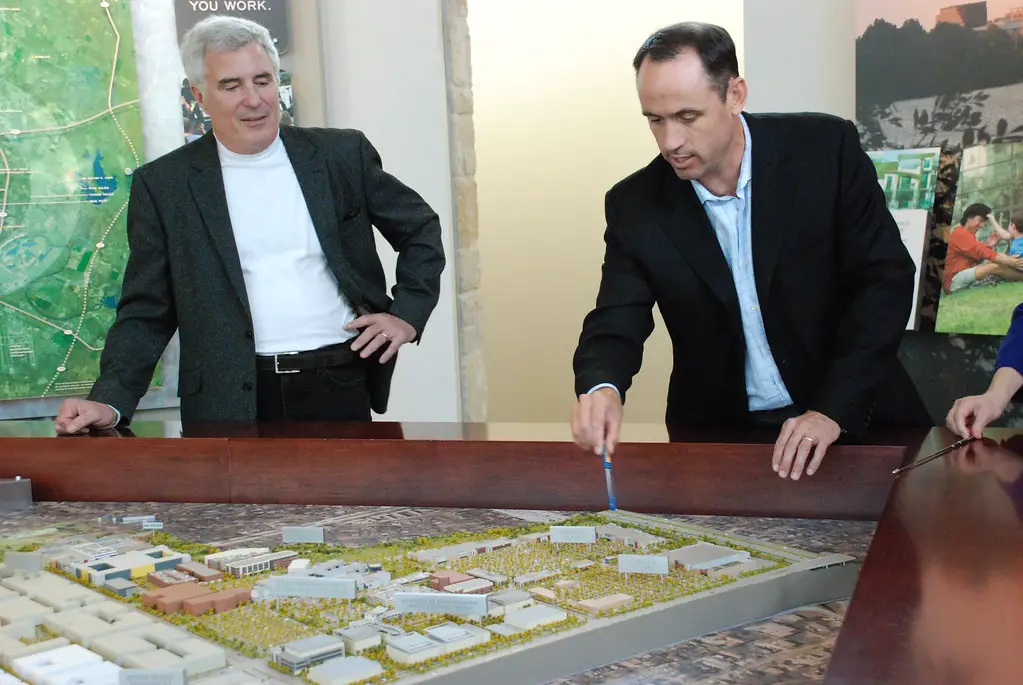
A noticeable uptick in the activity of real estate developers, such as the acquisition of vacant lots or older buildings, and the proposal of new, often higher-density or luxury residential projects, is a strong signal of anticipated price increases. As reported by Frontiers, developers conduct thorough market research and invest where they foresee potential for significant returns, often in areas poised for gentrification. Their interest can drive up land values and fuel speculation.
The types of projects being proposed can also be telling. Luxury condos, high-end apartment complexes, and mixed-use developments with a focus on upscale amenities suggest that developers are targeting a more affluent demographic. This new construction can significantly alter the character of the neighborhood and contribute to a rise in overall housing costs, making it less affordable for existing residents and lower-income individuals seeking to move in.
3. Improved Public Infrastructure and Green Spaces
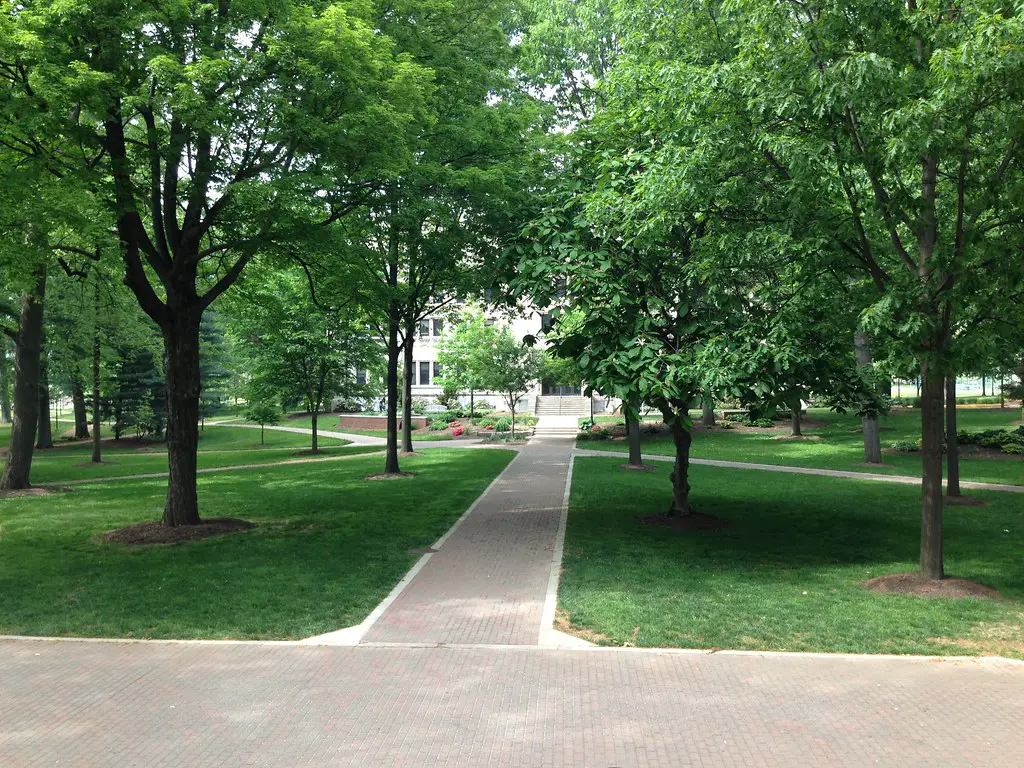
Investments in public infrastructure, such as newly paved streets, upgraded parks, the introduction of bike lanes, and improvements to public transportation, can make a neighborhood more attractive and livable. While these improvements benefit everyone, they can also signal that the area is becoming a priority for city planners and investors, often leading to increased property values. As urban planning studies from Planetizen often discuss, quality public amenities are a key driver of desirability and, consequently, affordability.
The development of new green spaces, like pocket parks or revitalized waterfront areas, can have a particularly strong effect on property values. These amenities enhance the quality of life and attract residents willing to pay a premium to live near them. While these improvements are generally positive, they can also contribute to the displacement of lower-income residents if housing costs rise disproportionately to income levels in the area.
4. Existing Businesses Catering to a Higher-Income Clientele

When established local businesses begin to shift their focus towards a more affluent clientele, it can be a sign that the neighborhood’s demographics and spending power are changing. This might manifest as existing restaurants upgrading their menus and prices, local shops stocking higher-end goods, or service providers offering more premium options. Market trend analysis from sources like Bloomberg can often track these shifts in consumer spending patterns.
These changes indicate that businesses are responding to the influx of residents with greater disposable income and are adjusting their offerings accordingly. While this can provide new amenities for some, it can also make everyday goods and services less affordable for long-term residents who may not have experienced a corresponding increase in their own income. This shift in business focus can be a clear precursor to broader affordability challenges.
5. Increased Property Flipping Activity
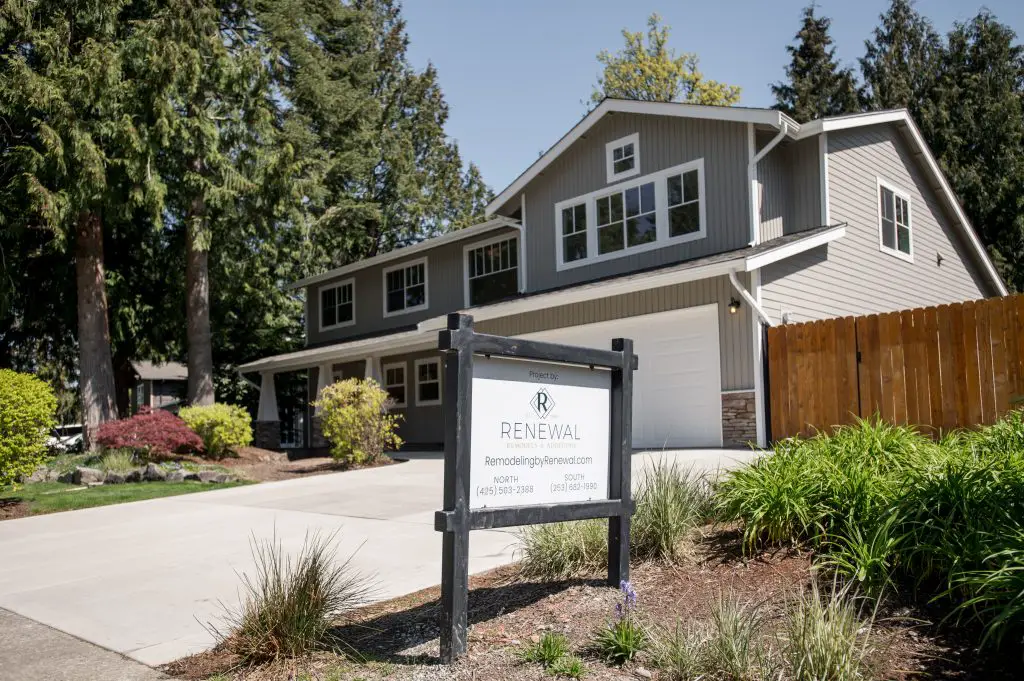
A noticeable rise in the number of older, often neglected homes being purchased, rapidly renovated with modern finishes, and then quickly resold at significantly inflated prices – a practice commonly known as “house flipping” – can serve as a strong indicator that speculators and real estate investors believe the neighborhood’s property values are poised for substantial appreciation. This heightened flipping activity suggests an anticipation of increased demand and a willingness to pay higher prices in the near future. The rapid turnover and significant price markups associated with flipped properties can contribute to artificial inflation within the local housing market.
This trend can create a challenging environment for potential homebuyers who are not investors or those with more modest budgets. The increased competition from flippers, often paying cash and closing quickly, can make it difficult for traditional buyers to secure properties. Furthermore, the higher resale prices of flipped homes can establish new, elevated benchmarks for comparable properties in the neighborhood, contributing to a general increase in housing costs that may outpace the income growth of existing residents and make the area less accessible.
6. Declining Vacancy Rates and Increased Rental Demand
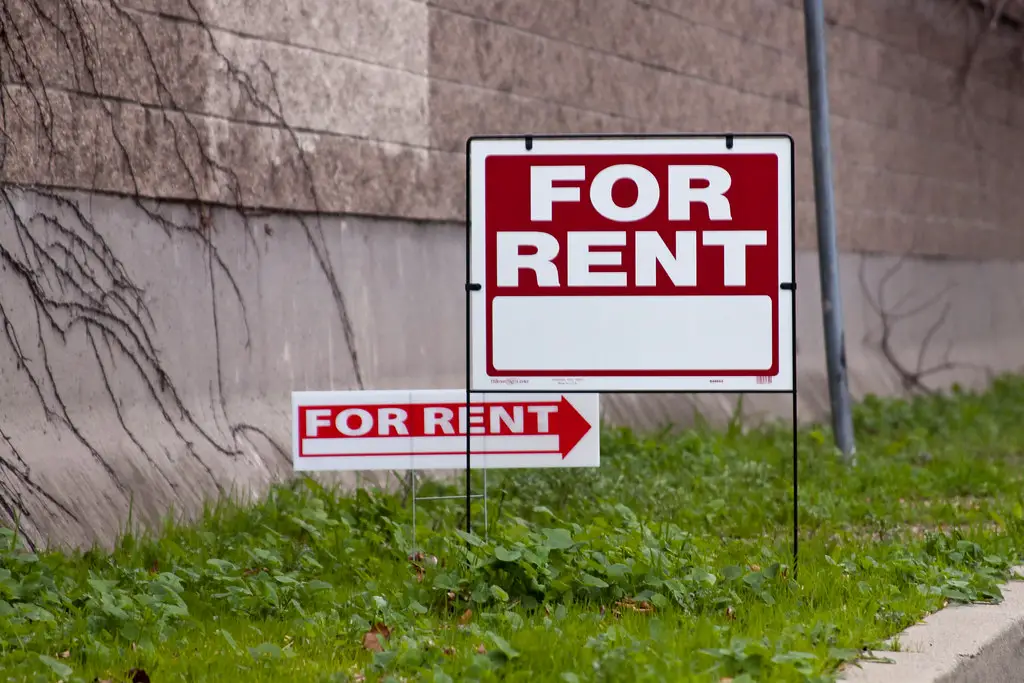
A significant and sustained decrease in the number of available rental properties, coupled with a noticeable upward trend in rental prices, is a clear indication of heightened demand for housing within a specific neighborhood. This increased demand is often fueled by an influx of new residents drawn to the area’s perceived amenities, job opportunities, or overall quality of life. As the supply of vacant rental units shrinks, landlords gain greater leverage to raise rents, knowing that prospective tenants have fewer options.
This scenario can create significant affordability challenges for existing renters, particularly those with fixed or lower incomes, who may face substantial rent increases upon lease renewal. It also makes it increasingly difficult for individuals and families seeking to move into the neighborhood on a limited budget to find viable housing options. The combination of low vacancy rates and rising rents is a strong predictor of increasing overall housing costs and a potential decrease in affordability.
7. More Out-of-State or Foreign Investment in Properties

An observable increase in the purchase of residential properties by individuals or entities originating from outside the local metropolitan area, or even from overseas, can signal a growing perception of the neighborhood as a lucrative investment opportunity. These external investors are often drawn by factors such as relatively lower initial property prices compared to larger urban centers or the potential for strong future appreciation. Their investment can inject capital into the local market but can also have unintended consequences for affordability.
The influx of out-of-state or foreign capital can drive up property values, sometimes beyond what local incomes can sustainably support. These investors may not be as sensitive to the needs and financial constraints of the existing community, potentially prioritizing profit over long-term affordability for local residents. This trend can lead to increased competition for properties and make it more challenging for local individuals and families to purchase homes in their own neighborhoods.
8. Changing Demographics Evident in Public Spaces

A gradual but noticeable shift in the racial, ethnic, or socioeconomic makeup of individuals and families frequenting local parks, community centers, libraries, and other shared public spaces can be an early indicator of broader demographic changes occurring within the neighborhood. These subtle changes in the composition of the community can often precede more significant shifts in housing prices and affordability. As new residents with different income levels and preferences move into the area, the character of public spaces can evolve.
This demographic evolution can sometimes lead to changes in the types of amenities and services that are prioritized in these public spaces, potentially catering more to the preferences of the newer, often more affluent residents. While diversity can be a positive aspect of community growth, significant and rapid demographic shifts can also contribute to social tensions and the displacement of long-term residents if housing costs rise in tandem with these changes, making the neighborhood less accessible to those who have historically called it home.
9. Increased Traffic Congestion and Parking Issues
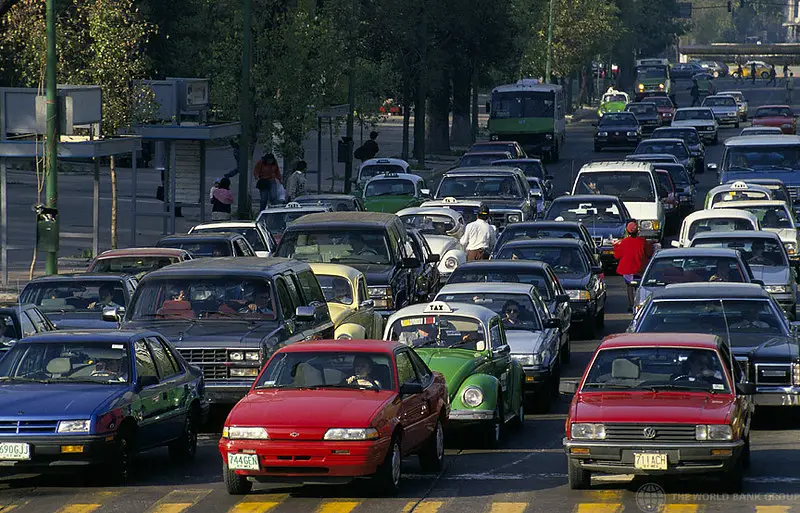
As a previously less densely populated or more affordable suburban neighborhood begins to attract a greater number of residents, often those with higher incomes and potentially more vehicles per household, a noticeable increase in traffic congestion on local roads and a growing scarcity of available parking spaces can become apparent. These infrastructural strains are often a physical manifestation of a rising population density and can correlate with increasing housing costs. The added vehicles contribute to a greater demand for limited road space and parking, signaling a change in the neighborhood’s carrying capacity.
The emergence of significant traffic congestion and parking problems can also indirectly impact affordability. As the neighborhood becomes more crowded and less convenient for commuting or even local errands, the desirability of living there may increase for those who can afford the higher housing costs associated with a more amenity-rich or well-located area. Conversely, long-term residents with lower incomes might find the increased congestion and reduced convenience less appealing, especially if they do not benefit from the factors driving the price increases.
10. Local Arts and Culture Venues Gaining Popularity and Higher Prices

When previously under-the-radar local art galleries, independent music venues, and community theaters start attracting larger audiences and subsequently begin to increase their ticket prices or the cost of goods and services they offer, it can indicate a growing interest from a more affluent demographic moving into the neighborhood. These cultural amenities often become more sought after as the socioeconomic profile of the area shifts, and the increased demand can lead to higher prices that may be less accessible to long-term residents.
The revitalization and increased popularity of local arts and culture venues can contribute to the overall desirability and perceived “cool factor” of a neighborhood, further attracting investment and higher-income individuals. While a vibrant arts scene is generally seen as a positive attribute, the associated price increases can make these cultural experiences less accessible to those with lower incomes, potentially altering the social fabric and inclusivity of the community. This trend can be a subtle but significant sign of a neighborhood becoming less affordable for some.
11. Chain Retailers Targeting a Higher-Income Market Moving In
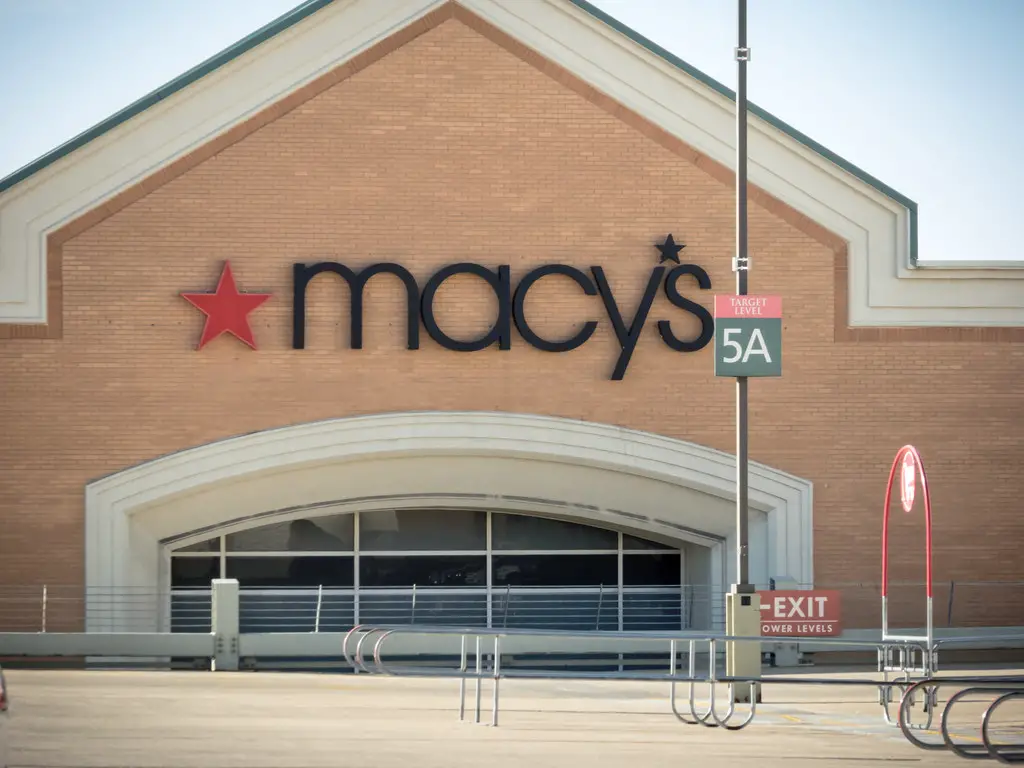
While the initial wave of new businesses in a gentrifying neighborhood might consist of independent, artisanal shops and cafes, the subsequent arrival of established chain retailers known for catering to a more affluent clientele can signal a more solidified and mainstream shift in the area’s economic status and likely future price increases. These larger retailers often conduct extensive market research and locate in areas where they anticipate a strong customer base with significant disposable income. Their presence can validate the neighborhood’s upward economic trajectory.
The arrival of these national or regional chains can also alter the retail landscape, potentially displacing smaller, more locally-oriented businesses that may not be able to compete with their pricing or brand recognition. This shift in the types of retailers present can further cater to the needs and preferences of a higher-income demographic, reinforcing the trend towards increased prices for goods and services throughout the neighborhood and contributing to a less affordable environment for those with lower incomes.
12. Increased Scrutiny and Enforcement of Local Ordinances
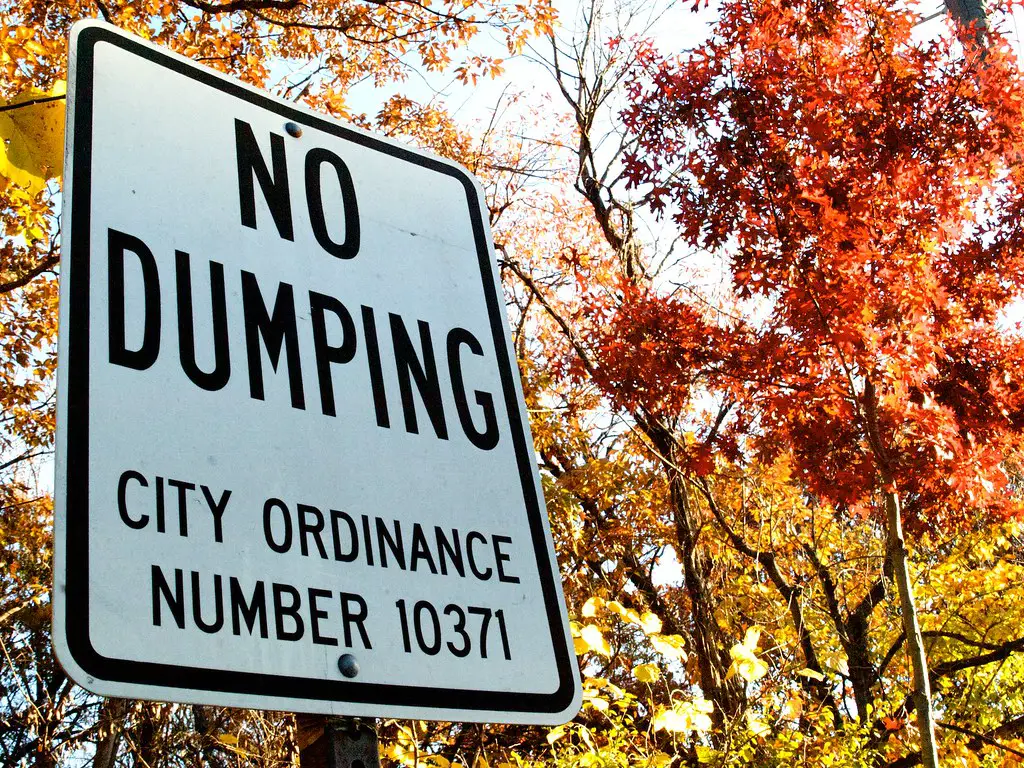
A noticeable and often sudden increase in the strictness and frequency of enforcement of previously more lenient local ordinances, such as parking regulations, noise ordinances, or property maintenance codes, can sometimes be an indirect tactic that contributes to making a neighborhood less appealing or more financially burdensome for lower-income residents. While the intention may be framed as improving the overall quality of life or aesthetics of the area, the practical impact can disproportionately affect those with fewer resources.
For example, stricter enforcement of parking regulations can result in fines that are more difficult for lower-income individuals to afford. Similarly, increased scrutiny of property maintenance can place financial pressure on landlords who may then pass those costs on to tenants through rent increases, or it can burden lower-income homeowners who may struggle to afford necessary repairs. While seemingly neutral, such increased enforcement can contribute to an environment that is less accommodating and more expensive for some long-term residents.
13. Formation of New, Well-Funded Neighborhood Associations
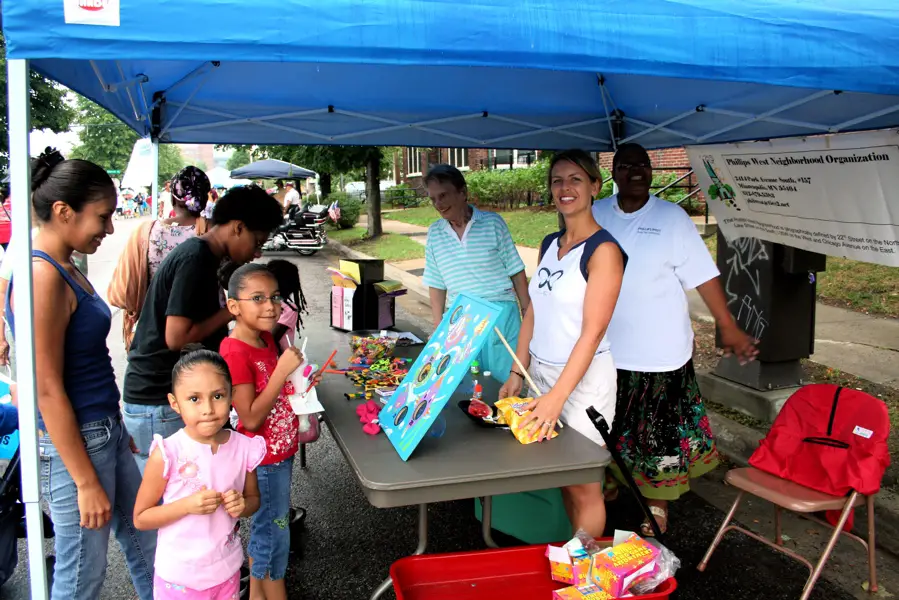
The emergence of newly formed neighborhood associations that possess significant financial backing and a clear agenda for community improvement can sometimes indicate an influx of wealthier residents who have the resources and motivation to advocate for changes and initiatives that may ultimately drive up property values. While these associations often have positive goals, such as enhancing local amenities or improving public safety, their efforts can inadvertently contribute to gentrification.
These well-funded associations may push for projects like upscale park renovations, the establishment of farmers’ markets with higher-priced goods, or increased security measures that can make the neighborhood more attractive to affluent newcomers. While benefiting some residents, these improvements can also increase the overall desirability and cost of living in the area, potentially leading to higher rents and property taxes that can displace long-term, lower-income residents who may not benefit directly from these changes or be able to afford the associated costs.
